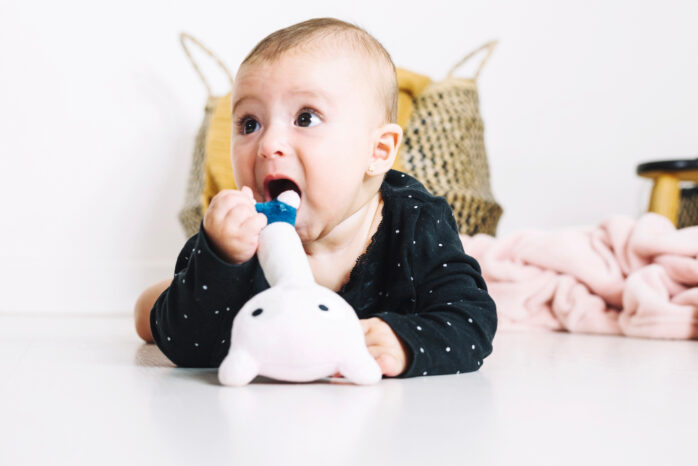
The journey of early development is a complex and fascinating process, where babies learn about their world through a rich tapestry of sensory experiences. Among these, tactile engagement plays a crucial role, offering a foundational pathway for learning, exploration, and emotional bonding. Rattles, a seemingly simple toy, emerge as a powerful tool in this developmental journey, providing multisensory stimulation that is crucial for growth in various domains. This blog post explores the multifaceted benefits of rattles, shedding light on their importance in early childhood development.
Tactile Stimulation’s Role
Tactile stimulation is the activation of the sense of touch, a critical element in early development. It encompasses everything from the feel of different textures to the experience of temperature and pressure against the skin. For infants, the world is an expansive place filled with new sensations to explore, and tactile engagement is key to making sense of it. When a baby holds a rattle, the sensation of its surface, combined with the effort to grasp it, stimulates the brain, enhancing neural connections and promoting physical and emotional development. This early tactile exploration lays the groundwork for more complex learning and interaction, making it an essential part of infant growth.
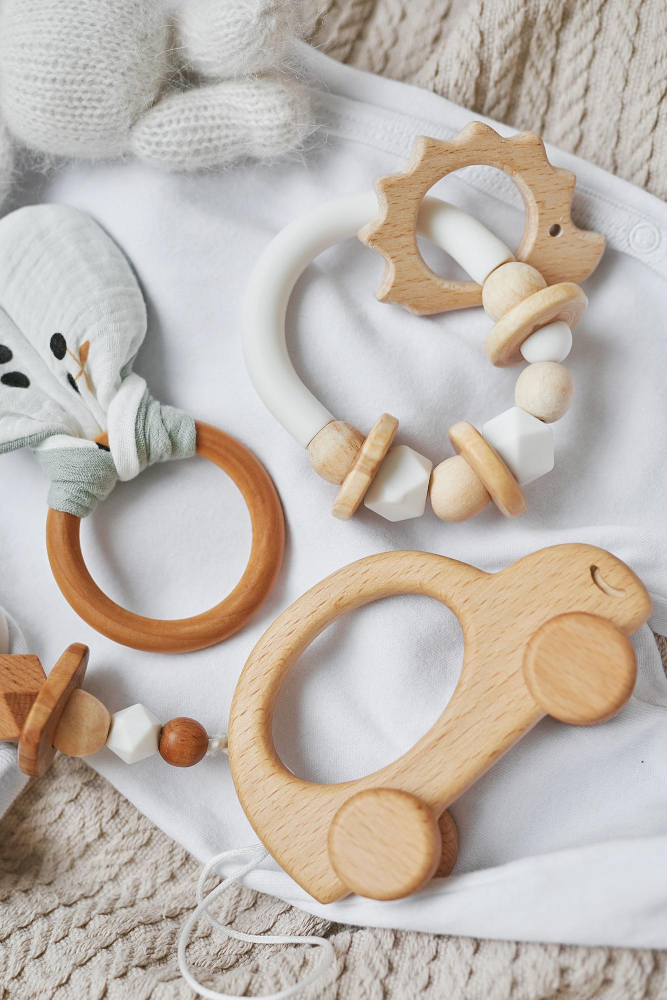
Sensory Exploration with Rattles
Rattles are a prime example of an effective sensory exploration tool. They offer a unique combination of auditory, visual, and tactile stimuli, making them an engaging toy for infants. The sound produced by a rattle captures a baby’s auditory attention, encouraging them to explore further and learn about cause and effect as they realize their actions can produce sounds. Visually, the movement of the rattle can be tracked by the baby’s eyes, aiding in the development of visual coordination. The diverse textures and materials of baby rattles stimulate the tactile sense, providing a comprehensive sensory experience that supports overall developmental milestones.
Enhancing Fine Motor Skills
The act of playing with a rattle is instrumental in building fine motor skills. Grasping, shaking, and manipulating a rattle requires coordination and strength, engaging the small muscles in the baby’s hands and fingers. This not only aids in developing grip strength but also in honing the precision of motor movements. Such activities are foundational for later skills, including writing and self-care tasks. The repetitive motion of shaking a rattle also contributes to muscle memory, further enhancing motor skill development.
Cognitive Growth through Rattles
Rattles stimulate cognitive development in several ways. The cause-and-effect relationship, where a baby learns that shaking the rattle produces sound, is a basic cognitive skill that lays the foundation for more complex problem-solving and predictive abilities. This form of play encourages exploration and experimentation, which are key for cognitive growth. Moreover, the variety of colors and shapes in rattles can aid in the development of recognition patterns and memory, further contributing to cognitive advancements.
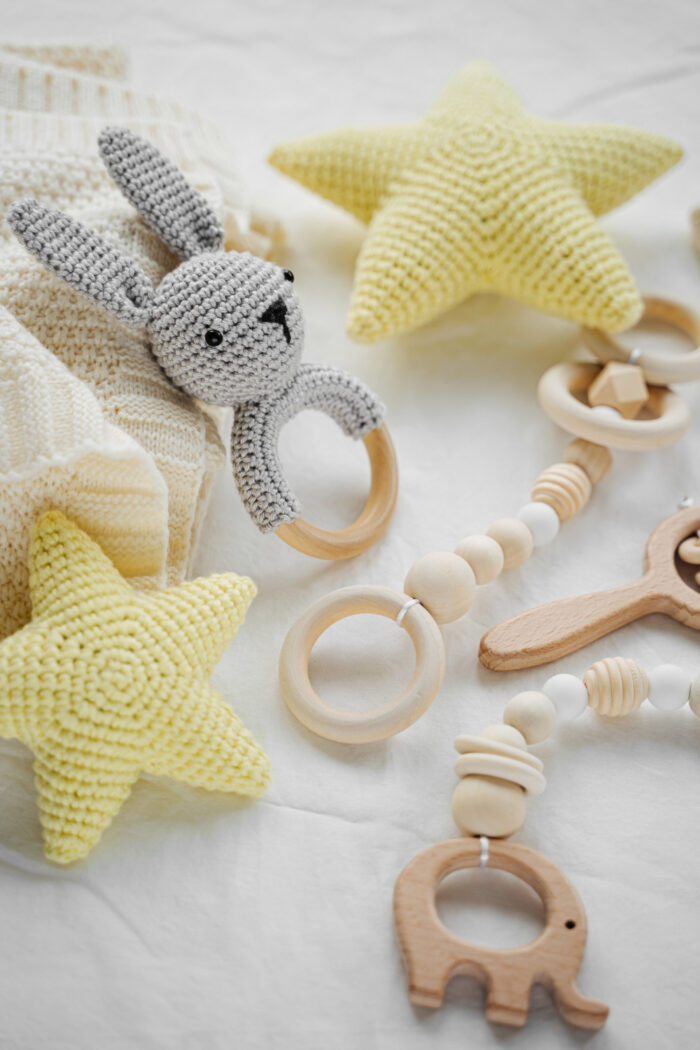
Language Development and Tactile Play
Tactile engagement through rattle play has a significant impact on language development. The sounds produced by rattles stimulate the auditory pathways, which is essential for developing listening skills and an understanding of language rhythms. Interactive play, where caregivers describe the rattle’s features and actions, exposes babies to language, aiding in vocabulary development and comprehension. This interaction introduces basic concepts that are crucial for language acquisition, making rattles an important tool in enhancing communication skills.
Social Interaction and Bonding
Rattle activities foster social interaction and bonding between babies and their caregivers. The shared experience of playing with a rattle encourages communication cues such as turn-taking and eye contact. These moments of connection not only provide enjoyment but also teach babies valuable social skills like empathy and cooperation. The bond formed through these interactions is vital for emotional and social development, highlighting the importance of including rattle play in daily routines.
The Soothing Power of Rattles
Rattles can also have a calming effect on babies. The rhythmic sounds produced by a gently shaken rattle can be reminiscent of the womb, providing a sense of comfort and security. This can be particularly beneficial for soothing fussy or colicky babies, offering a distraction and a means to focus their attention away from discomfort. The act of holding and manipulating a rattle also aids in self-soothing, as babies learn to engage with objects to calm themselves.
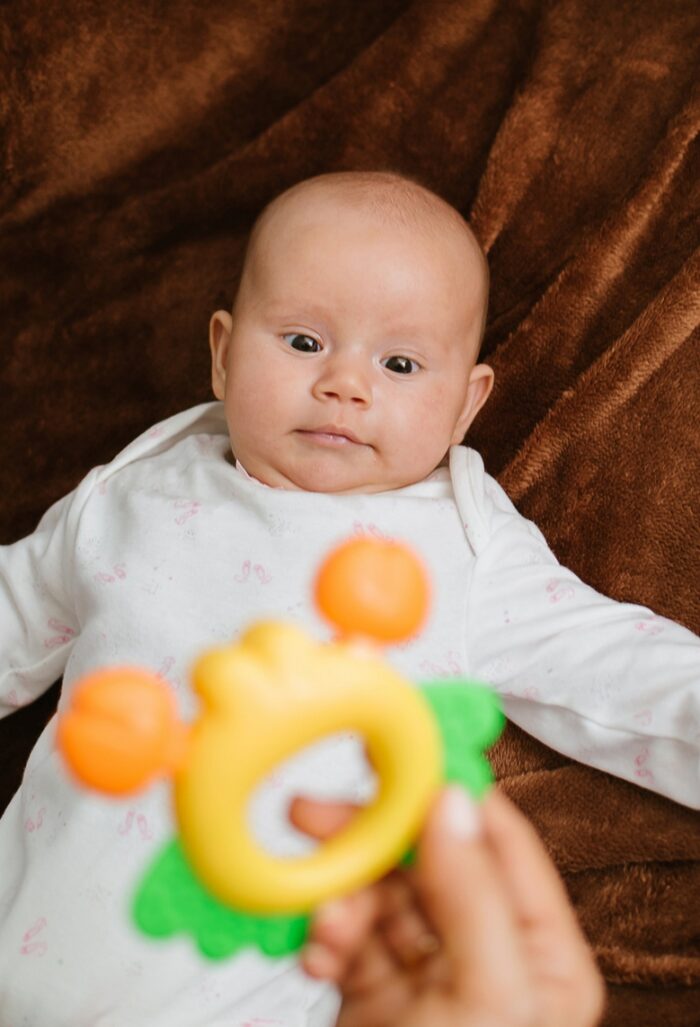
Promoting Sensory Integration
Sensory integration, the process by which the brain organizes sensory input, is crucial for all areas of development. Rattle play promotes this integration by offering simultaneous auditory, visual, and tactile stimuli. This helps the brain to process sensory information more effectively, supporting cognitive functions, motor development, and sensory awareness. Engaging with rattles allows babies to experience a range of stimuli, aiding in the development of a robust sensory processing system.
Rattles and Sensory Processing
Rattles act as tools for sensory processing development, helping babies learn to perceive and respond to sensory information. Engaging with different stimuli through rattle play aids in the development of sensory processing abilities, allowing babies to adapt more effectively to their environment. This early exposure is beneficial for building a strong foundation for sensory processing, which is essential for navigating the complexities of the world around them.
Variety in Rattle Choices
The diversity of rattles available on the market ensures that there is something to stimulate every sense. From soft fabric rattles with varied textures to wooden rattles that produce a distinct sound, each type offers a unique sensory experience. This variety not only maintains a baby’s interest in play but also caters to individual preferences, ensuring that tactile engagement remains a central part of their development.
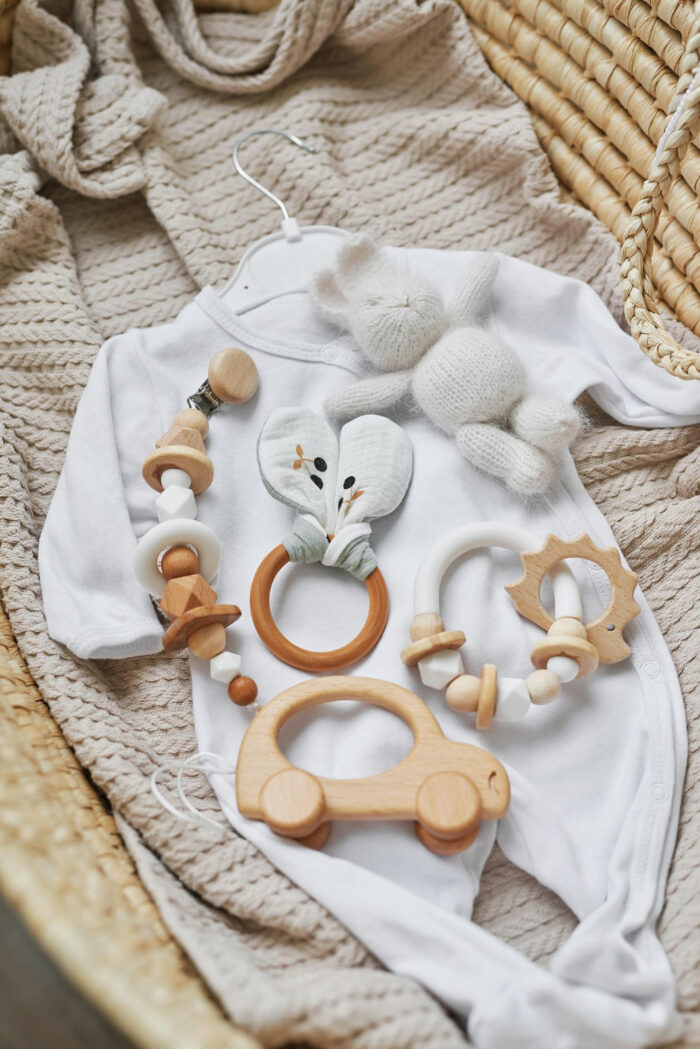
Daily Routines and Rattles
Incorporating rattles into daily play routines is a simple yet effective way to enhance a baby’s development. Regular tactile engagement with rattles encourages continuous learning and exploration, supporting sensory development, cognitive growth, and motor skills. Caregivers can use rattle play as an opportunity to bond, communicate, and foster a love for learning in their infants. By making rattles a staple in playtime, parents can provide a stimulating environment that nurtures their baby’s development in a holistic manner.
Safety in Rattle Use
While rattles are beneficial, it’s crucial to consider safety. Choosing rattles that are age-appropriate, free from small parts that could pose a choking hazard, and made from non-toxic materials is essential. Regular inspection for wear and tear can prevent accidents, ensuring that rattle play remains a safe and enjoyable experience for babies.
Rattles, with their simple yet multifunctional design, are more than just toys; they are key instruments in the developmental symphony of early childhood. By engaging multiple senses, they support a wide range of developmental milestones, from fine motor skills to cognitive growth and beyond. As we’ve explored, the benefits of rattles are extensive, making them an invaluable addition to any baby’s playtime repertoire.





